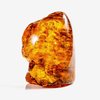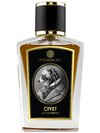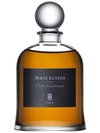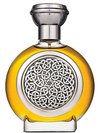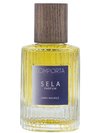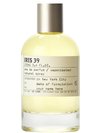Civet
Animal, pervasive, tenacious, musky, faecal, powerful.
Civet is prized for its highly fixative abilities; blending and balancing notes in some of the world’s most notoriously seductive scents. In its natural form, civet is a deeply pungent scent, fecal and intensely animal, but when diluted and manipulated by the experienced hands of perfumers, the ingredient transforms—giving an alluring radiance and warmth to floral notes. For ethical reasons, civet is almost always reproduced synthetically (recreated using civetone) and most often used in prestige perfumery.
Data sheet
- Type
- Extraction Method
- Used parts
- Natural raw material
- Extraction solvent or alcoholic tincture
- Glands




